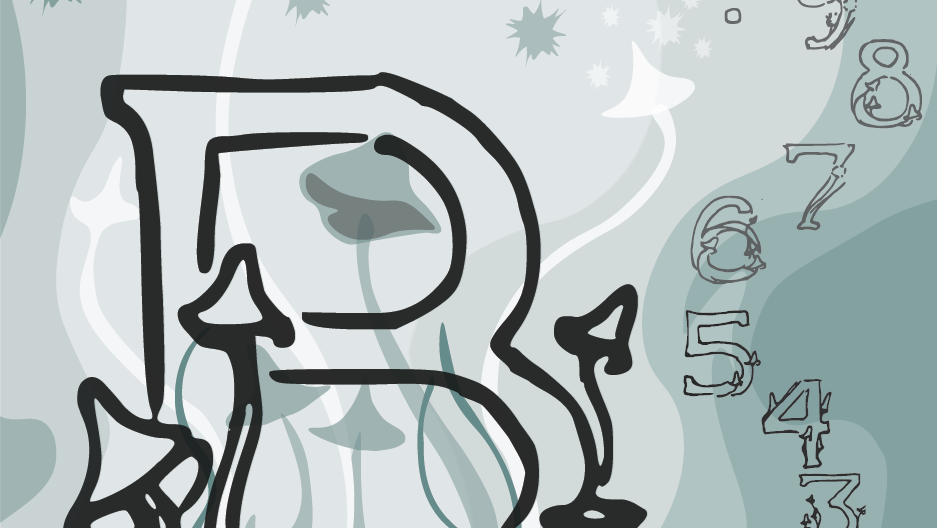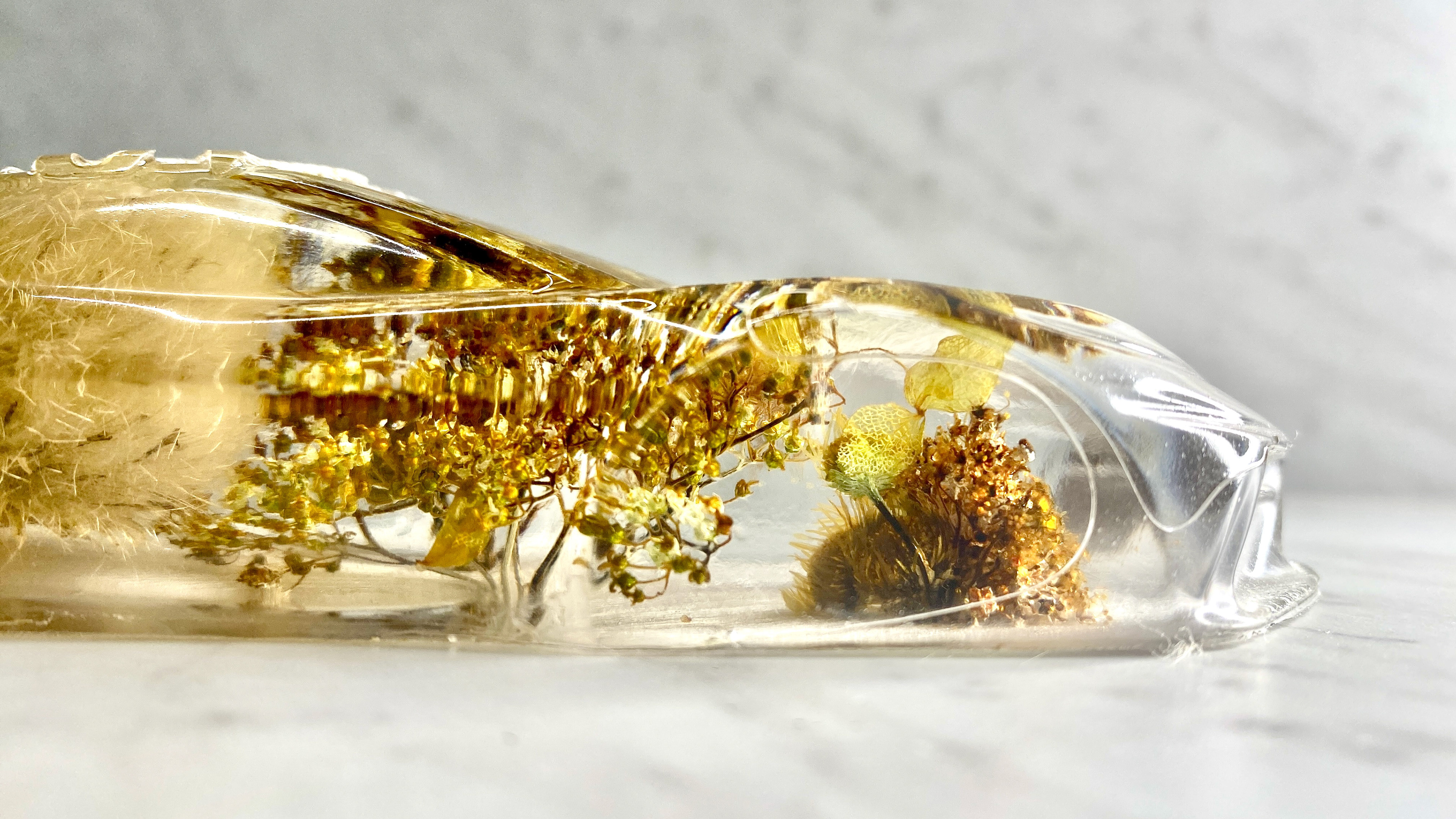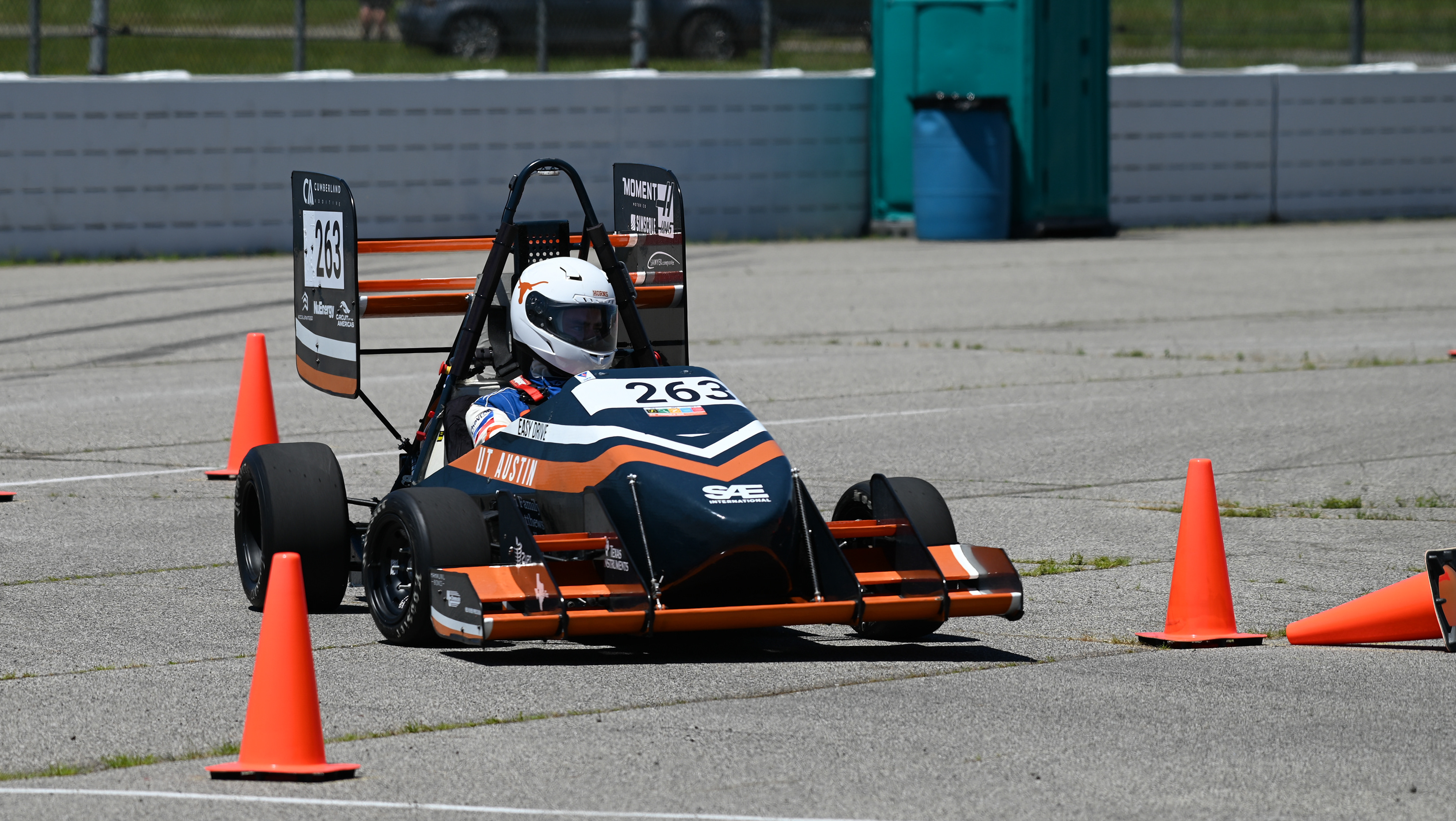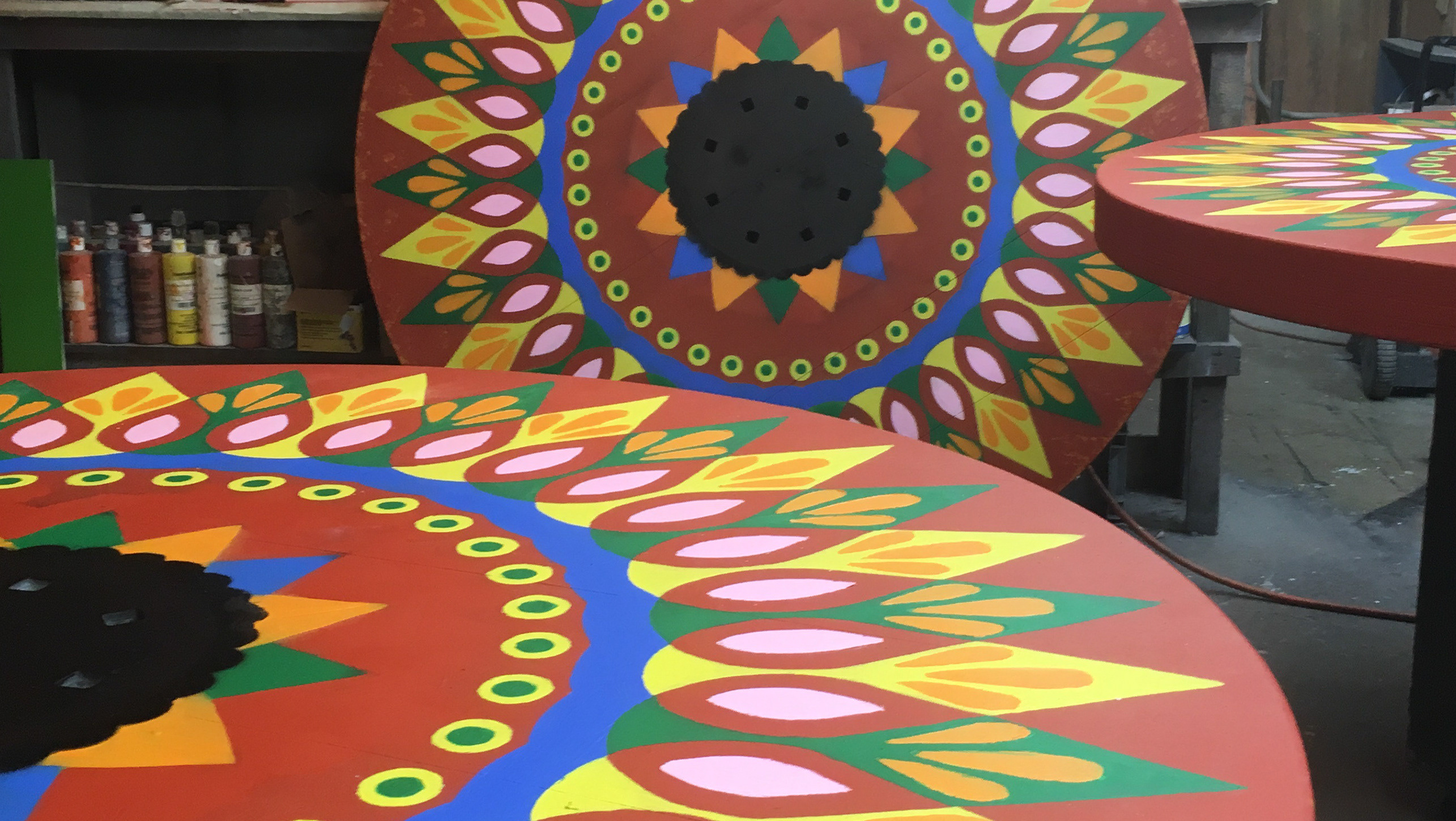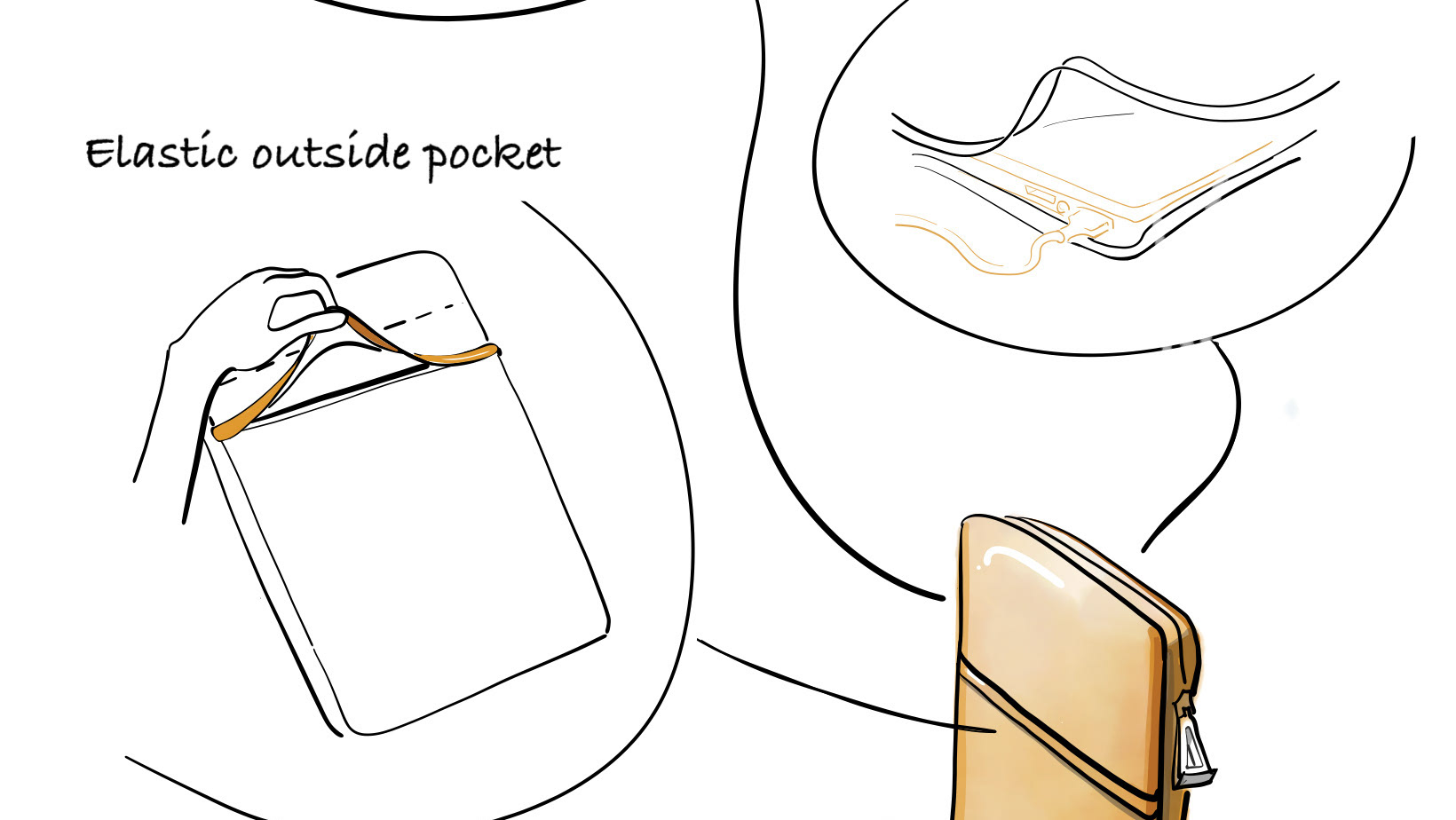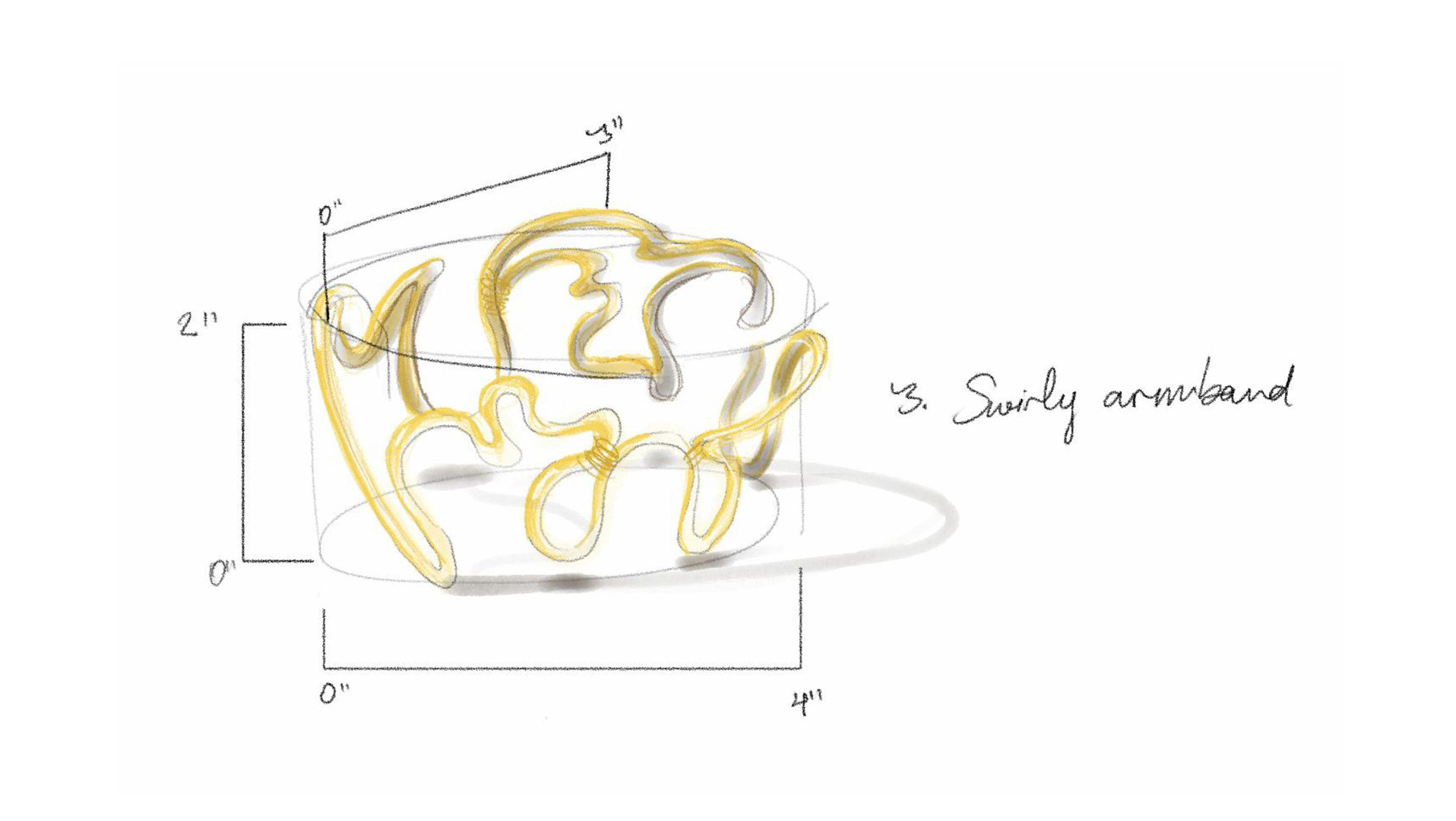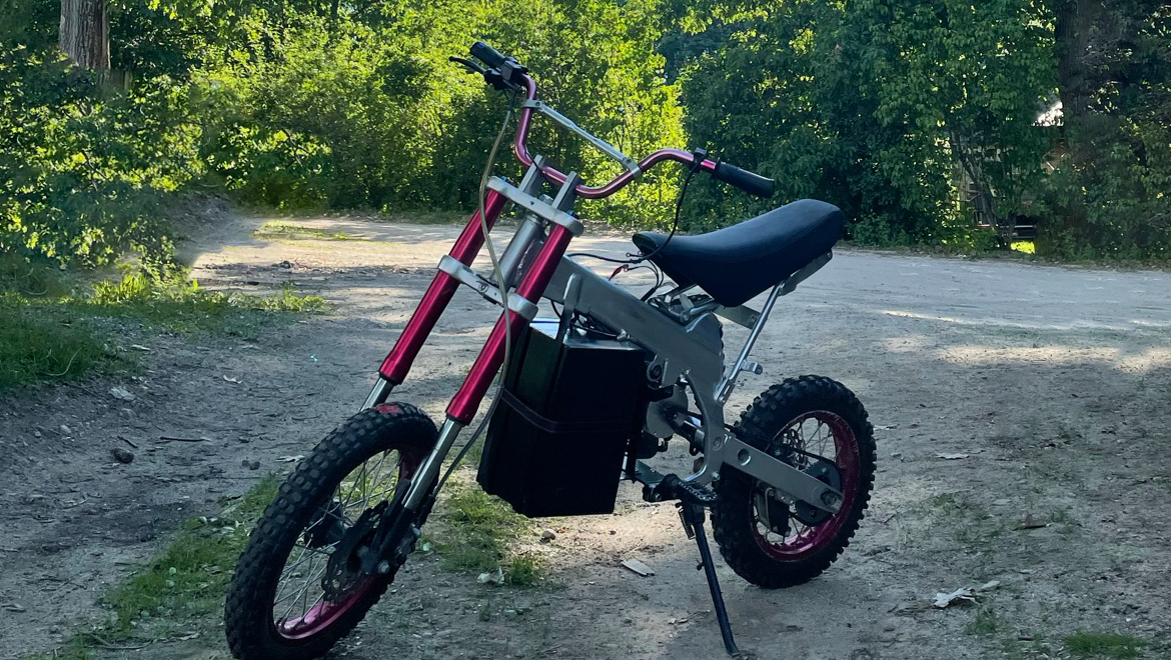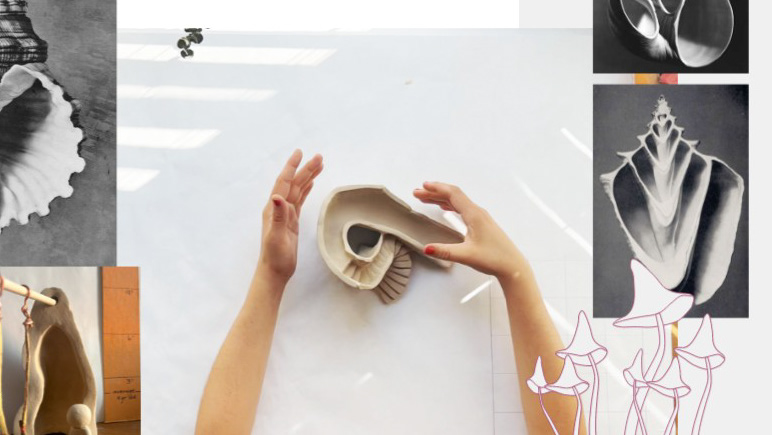I wanted this jacket to be stylish and functional. This project would provide an opportunity for plenty of challenge and learning. Additionally, I wanted to create something stylish and also functional, something I knew I would use. This project would not have been possible without the generous help of multiple incredible GM shop employees<3
After doing some research, I condensed my ideas into two inspiration boards, one that illustrated my final options for the cut of the jacket and one for the colors and patterns on the jacket itself.
Jacket Cut and Style
Color and Patterns
Jacket Iteration One
I began by creating a pattern out of a paper grocery bag from a jacket I already owned.
I had a drop cloth hanging in my studio where I lived for the summer to keep the room cool and used this as material for a sample jacket.
After hand-sewing my dropcloth jacket together I was able to make edits to the pattern based on the way it fit. After putting it on I noticed the material was gapping around the neck so I made the cut along the shoulders slightly less steep to decrease excess material. This improved the fit by allowing it to hang more naturally from my shoulders.
Incorporating drop cloth hems into jacket hems
Iteration Two
In the shop, I created another sample jacket to further refine the base pattern. This iteration allowed me to test and compare different sleeve lengths, pleats, and collars on either side without messing with features I wanted to keep.
Design and Sewing Pattern Ideation
I began some ideation sketches taking inspiration from the horizontal and vertical stripes and blocks of color most prominent in racing suits and biker jackets.


Pattern Making
After creating a design for the appearance of the jacket, I created a new pattern that represented each individual piece of fabric.
The pattern for the torso was no longer a block but rather multiple strips with an additional half inch for seam allowance running along all sides of each pattern piece.
Material Selection
I emptied the recycling pile in the back room of the trim shop in search of any leather that might be thin enough to be comfortably worn as a jacket. The material accessible to me was whatever was left over from previous vehicle trim projects so nearly all the leather was thick, stiff, and/or tattered with sample patterns and holes of unraveled ideas. One morning the head of the trim shop strutted up to me with a single hide of beautiful teal leather. Though it was wrinkled around the edges, it was thin, flexible, and softer than most other hides. There were some smaller roles of suede in the back of the shop I used for the multicolored design.
I selected a poly-satin for the inner liner. I chose satin instead of silk because of its lower cost despite its similar appearance. Satin is also easier to wash and care for than silk and I wanted this jacket to be as convenient to take care of as possible.
Sewing and Assembling
I first sewed the two panels for the front of the jacket, one only teal and beige, the other was made up of ten separate pieces of teal, beige, and orange.
Second, I sewed the panel for the back of the jacket, being sure to keep the horizontal and vertical stripes aligned.
After all seams were complete, I brushed some blue along the strips of seam allowance and pressed them to either side. I hammered each seam from the inside so that the leather would lie flat.
I sewed in the liner and zipper while it was inside out leaving a gap by the collar so that it could be pulled right side out.
After I sewed the collar to the jacket, I punched a hole and fastened a snap to the collar flap.
Finally, I ran a beige seam along each edge of the jacket.
As this was a scrap hide, it had many wrinkled portions as well scars from the cattle brand
